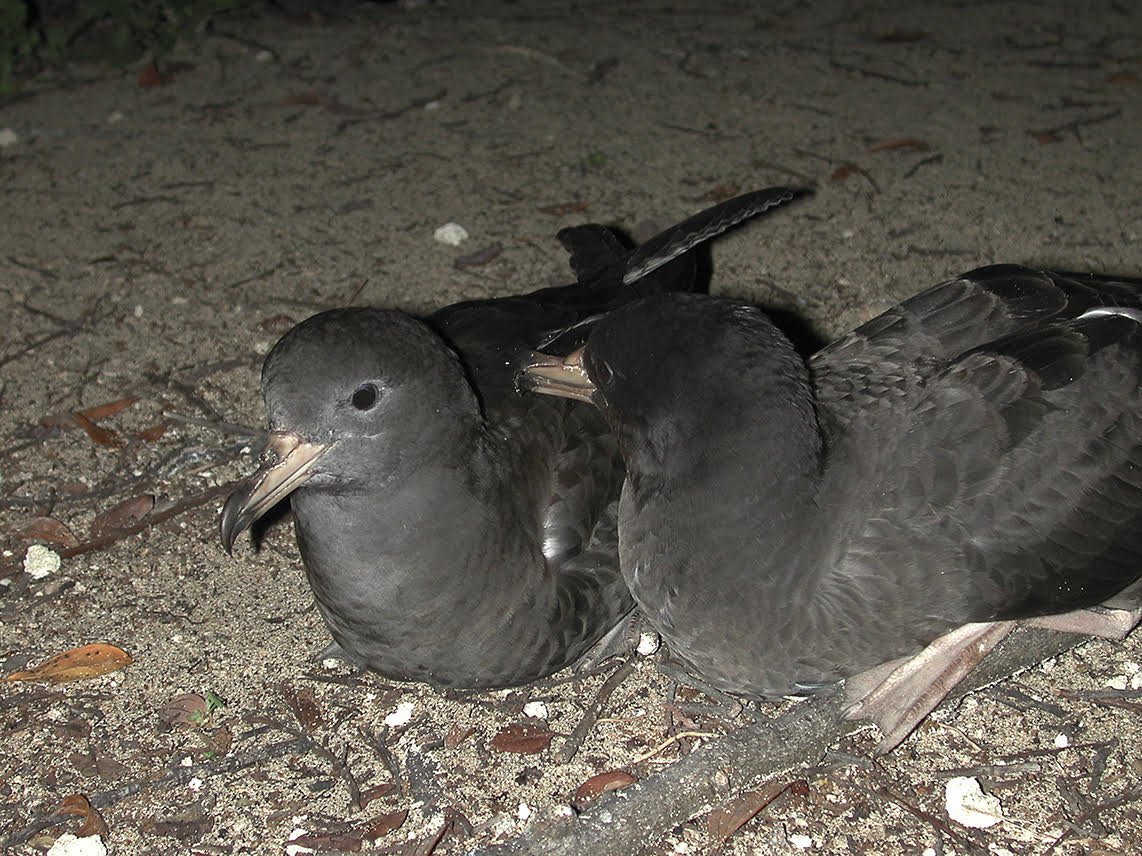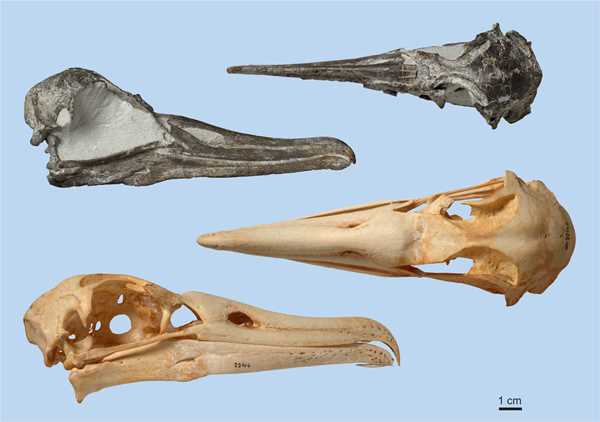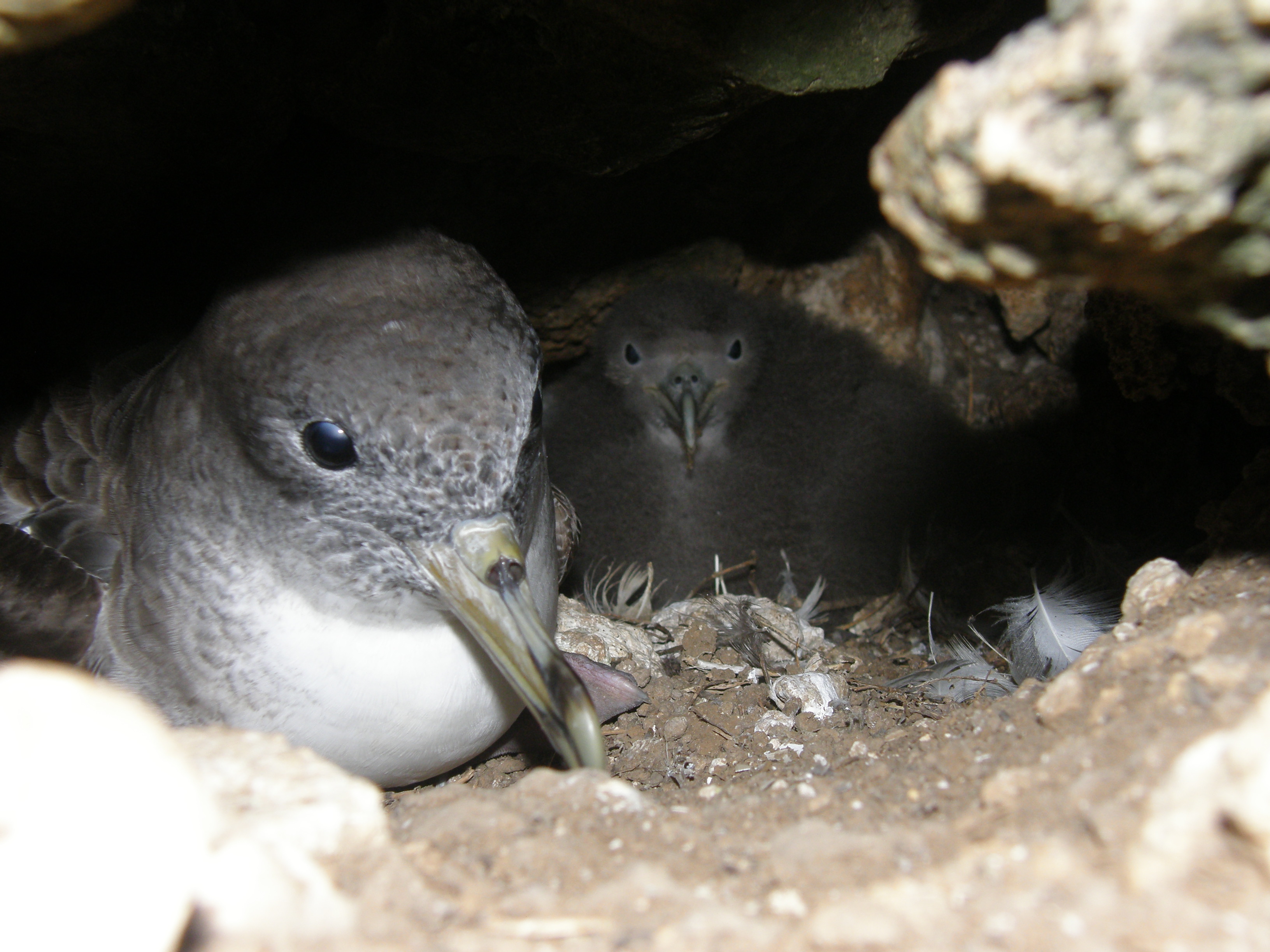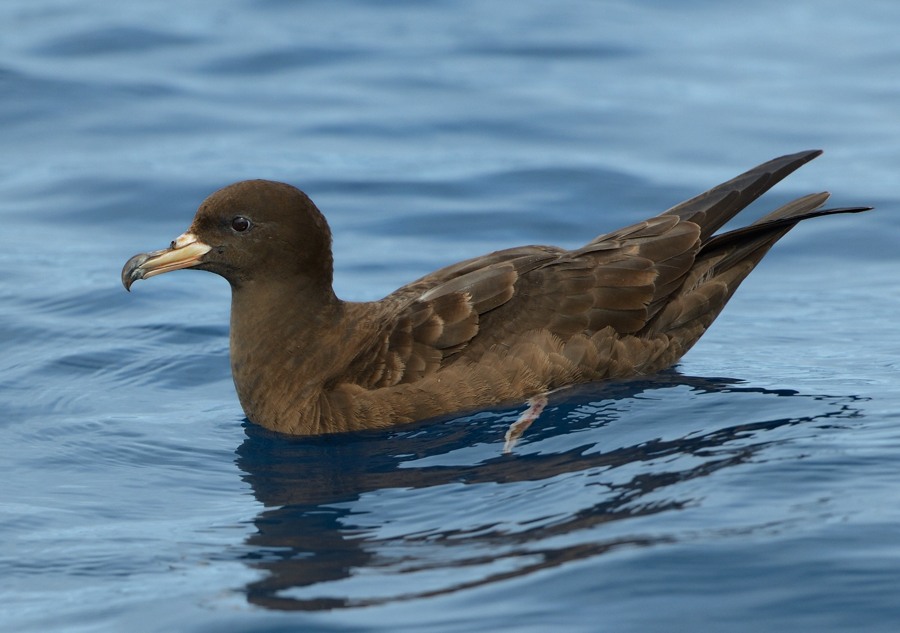Quite a few animals, or groups of animals, mainly for conservation purposes, have a "world day", some better known than others (think elephants, rhinos, tigers and penguins to name just a few). Today marks International Cat Day, "created in 2002 by the International Fund for Animal Welfare (IFAW). International Cat Day is also referred to as World Cat Day in some countries and since its inception, it has been growing worldwide".
Albatrosses will soon be joining this fraternity, when World Albatross Day is inaugurated on 19 June next year, the date in 2001 when the Albatross and Petrel Agreement was signed in Canberra, Australia (click here).
To increase awareness of World Albatross Day, ACAP will be making regular postings to its website and to its Facebook page in the run up to its inauguration. Some of these posts have already commenced, such as the quotes in support from distinguished albatross researchers and others that are appearing weekly on this site's home page. A 'banner challenge' has also been issued with seabird researchers on Gough Island kicking off with their home-made banner displayed at the edge of a study colony of Critically Endangered Tristan Albatrosses Diomedea dabbenena. Meanwhile, several artists are designing logos and posters to help advertise the day.
One artist who has helped ACAP in the past is Portugal-based Marc Parchow Figueiredo with his Qual Albatroz comic strip. At ACAP's request he has halted a recent break in drawing albatrosses to produce a new three-part cartoon series on the theme of World Albatross Day. So, here is the first one in the series:
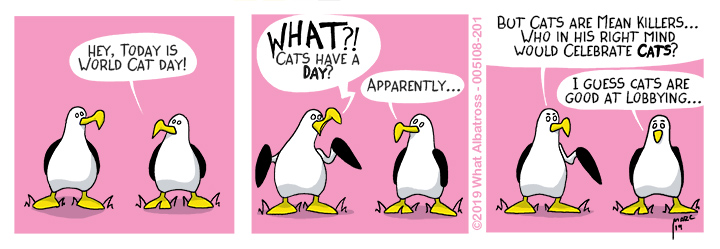
You will have to wait a few days to see how Marc's iconic albatrosses end their discussion on World Cat Day here in ACAP Latest News: it will be worth it!
ACAP is hugely grateful to Marc who has always allowed his Qual Albatroz cartoons to be used pro bono by ACAP in the cause of albatross conservation. His continued interest and support are even more remarkable as he has informed ACAP's Information Albatross that he has yet to see a live albatross!
Click here for more Qual Albatroz cartoons posted by ACAP.
John Cooper, ACAP Information Officer, 08 August 2019

 English
English  Français
Français  Español
Español 